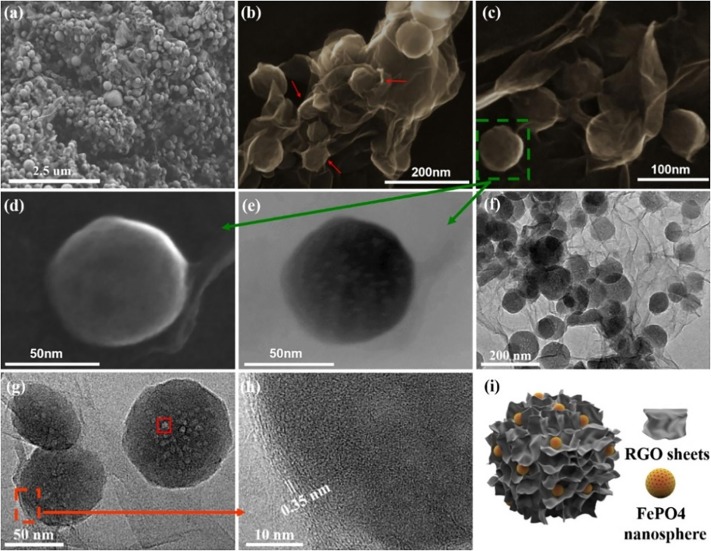ABSTRACT:Due to its low energy consumption, capacitive deionization (CDI) is regarded as one of the most promising technologies in brackish water desalination. However, CDI has two drawbacks, namely, low deionization capacity and unavoidable parasitic reactions that limit its furter development. Unlike the traditional CDI electrodes that store the ions in the electric double layer capacitors, faradic electrodes store ions at crystallo graphic sites or between the atomic plane,which could effectively address the issues mentioned above. However,obtaining low-cost faradic electrode materials with a high salt removal capacity for practical applications is still challenging. Here, wereportanewmaterial, mesoporous amorphousFePO4 nanosphere@Graphene (FePO4@ RGO) synthesized vi a one-step hydrothermal method. Electrochemical experiments demonstrate that the formatioo a mesoporous structure and covered by graphene can address the drawbacks of pure FePO4 for electroconductivity and ion diffusion rates. When used in desalination, the novel design enhances the desalination capacity, and the rates increase by 60% (50.13–85.94mg/g) and 180% (0.079–0.24mg/g/s), respectively, while energy consumption decreases by 2%. The production cost of the material was calculated, and impliesthatthismaterialhaspotentialforuseinlarge-scaledesalination.
